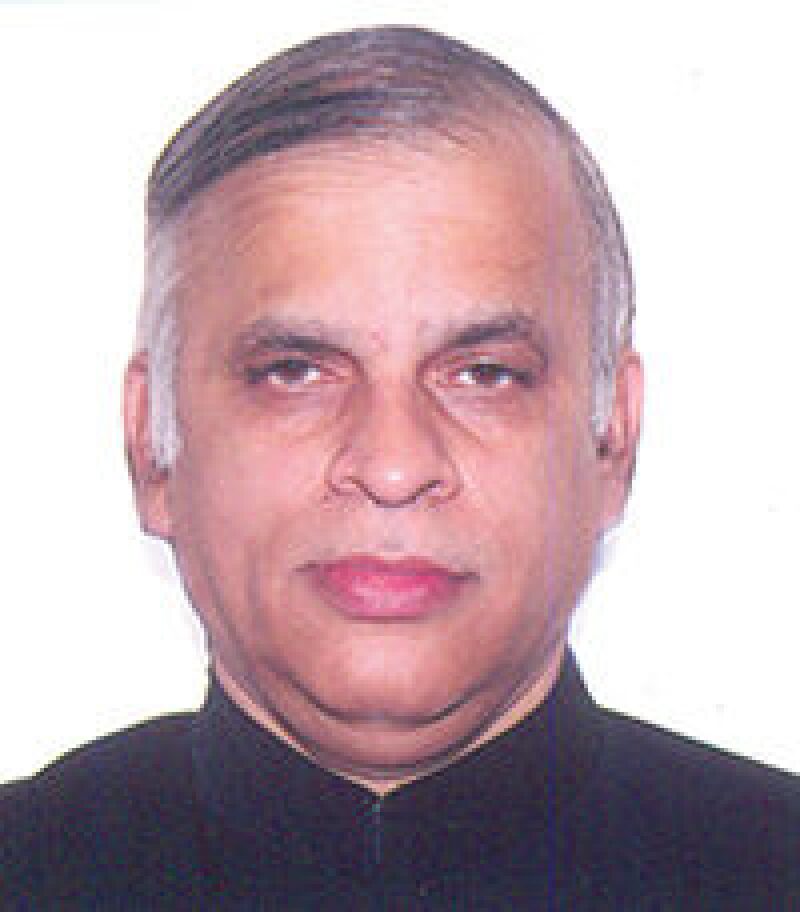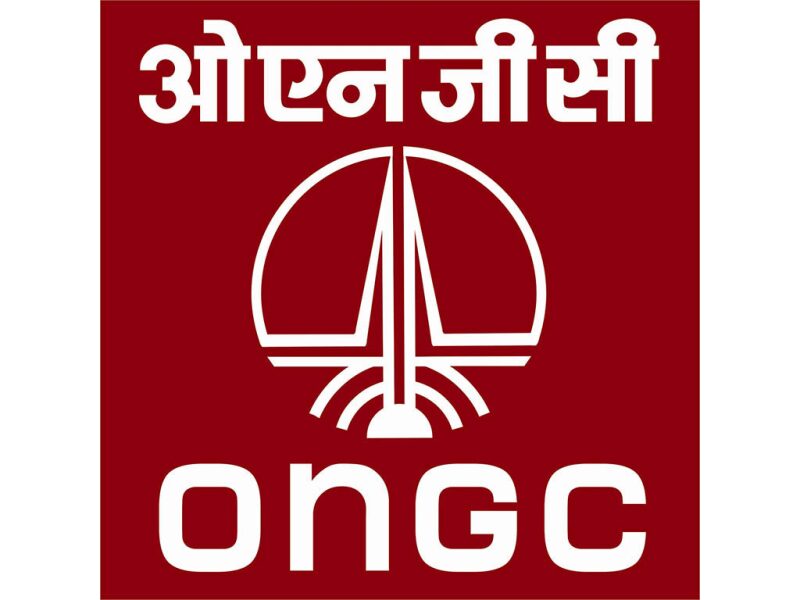Tell us about your career in Oil and Natural Gas Corporation (ONGC), the different positions you worked in, the challenges you faced, and the way you handled them.
I started my journey in ONGC as a young graduate trainee in 1977. I joined as one of a batch of 22 young graduate trainees from different disciplines at the Indian School of Mines, Dhanbad. I was posted in the newly formed Institute of Reservoir Studies (IRS) of ONGC.
At IRS, I worked in the waterflooding lab, which provided firsthand experience on the flow of reservoir fluids through porous media. The institute was set up to carry out research on enhanced oil recovery (EOR) and oilfield development. The institute provided excellent opportunities for “youngsters” and had excellent peers who encouraged us.
I completed my PhD in streamline modeling while on the job. After 11 years in IRS, I also worked in the Assam region and Mumbai offshore field of ONGC. Assam was my first posting as a team leader, and the experience was very rewarding under the guidance of my peers. I learned that the value of team performance is, on any day, superior to the best of individual efforts in all our exploration and production (E&P) activities.
Currently, I am heading the IRS, which is the most challenging assignment I have had. It is challenging to maintain the prime position which the institute has established in oilfield development and enhanced oil recovery, and the entire organization looks to IRS as a source for production and recovery factor enhancement.
In oilfield technologies for the next generation, what should we be learning now?
The challenges before the E&P industry are well known. The current global oil production is 85 million B/D. Most of this comes from mature fields, which are in their declining phase. With rising demand, the requirement would be 95 million B/D by 2018. Increasing oil production by 45 million B/D by 2018 to offset the decline is a huge challenge that requires innovative ideas across the gamut of E&P activities. This is a very challenging task for the next generation.
You have served the industry for 34 years. How has technology evolved since you started working, and what helped you to keep up with advancements?
The oil and gas industry has witnessed several advancements in the past three decades. There have been tremendous advancements in drilling and completions. Large reservoir contact wells have revolutionized the industry. Deep water, which was not even thought of, is now emerging as a major area contributing to hydrocarbons in many areas such as offshore Brazil, the Gulf of Mexico, West Africa, and also the KG basin in India. Advances in the information technology (IT) industry have benefited the oil industry for geosteering and logging-while-drilling, making hitherto impossible oil production from rim oils a great success in fields such as Troll.
Advances in seismic techniques have made possible the dream of a “finding success ratio” in the range of 50% an achievable target as also the possibility of mapping below basalt. I thank my company for providing us with opportunities to keep up with the technological advances through participation in various conferences, workshops, seminars, and all-out efforts to induct new technologies in the company.
What is ONGC’s approach toward exploitation of unconventional resources? In 20 years, how do you expect to look at the oil and gas industry, especially in India?
ONGC has been vigorously pursuing all forms of unconventional resources, such as coalbed methane (CBM), shale gas, and underground coal gasification. Concerted efforts on CBM and shale gas have been made in eastern India, where traditional natural gas resources are not available as a fallback. The petroleum industry will witness a slow but sure shift from oil to natural gas in years to come. In other words, gas would be the dominant hydrocarbon to be produced while oil is most likely to decline. The shift in focus from western offshore to eastern offshore in India is also almost certain, though gas production from western offshore is also likely to continue further for the immediate future.
In what ways does IRS contribute to the E&P activities of ONGC? Does it also offer technical support to other companies?
At IRS, we have, under one roof, expertise in three areas of activity. The first area is laboratories, which cater to EOR studies; basic data generation, such as core and petrophysical parameters and PVT fluid properties; and reservoir description studies, such as tracer tests. The second area is advanced geological, geophysical, and reservoir characterization studies in all of India’s explored basins and major producing fields. The third area is state-of-the-art simulation and oilfield developmental activities that lead to reserve growth and production enhancement.
All these activities are carried out in a synergistic manner leading not only to development locations, but also to a number of appraisal/exploratory locations, which contribute to reserves growth and production enhancement. IRS also carries out reservoir studies for joint-venture partners of ONGC and its overseas E&P activities arm, ONGC Videsh. We also work for other companies at a cost, whenever opportunity comes.
What is more important for a young professional (YP) at the start of his or her career? Is it field experience, working in laboratories, or at workstations?
I feel the commitment of young professionals to their assignment and the belief that they are participating in the more fundamental challenge of meeting energy security for society will carry them to the highest levels of success. Ours is a very challenging profession and opportunities exist anywhere and everywhere. Excitement to my mind is there, both on field site and on the workstation screen.
Given the present energy scenario and future trends, how does the oil and gas industry stack up against the budding renewable energy sector? How will it look 20 years from now? Also, what are the key technology innovation areas that will help this industry sustain production and cope with the demand curves?
It would be in the interest of all concerned to acknowledge that fossil fuels are a finite resource and oil production will necessarily peak one day. It is certain that renewable energy resources will take over, the question is only that of time. To prolong the plateau of mature fields, and to cope with demand curves, we need to find new ways. But, the battle is very tough and would call for innovation in every discipline of the E&P sector. Exotic and forgotten EOR techniques will perhaps take the driver seat, because the oil price would be high enough to make them economically attractive. Let us not forget that EOR techniques are major game changers in the industry. For instance, in-situ combustion processes for heavy oil and air injection for light oil reservoirs hold tremendous promise, just as CO2 miscible processes, low-salinity waterfloods, and some of the chemical EOR processes do. However, the industry will also have to learn to mitigate environmental risks invariably associated with these processes.
Have you had professional interaction with SPE in the past? Is there any advice you would like to share with YPs, our readership, to help them shape their careers?
I have been very actively involved in SPE activities and have been a member since 1985. SPE provides an excellent platform for sharing technological advances in our industry, and my advice to the young professionals is to wholeheartedly participate in all SPE activities. SPE demands voluntary work, which could be highly laudable and enriching for a “youngster” who is still in his or her early days in the industry. Let us remember that unlike material possessions, knowledge increases by sharing, and we can meet the challenges before the industry only by being more knowledgeable.


